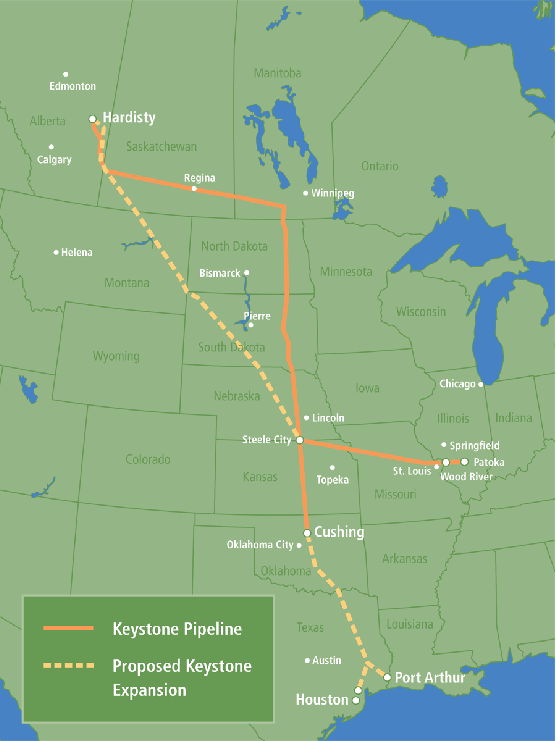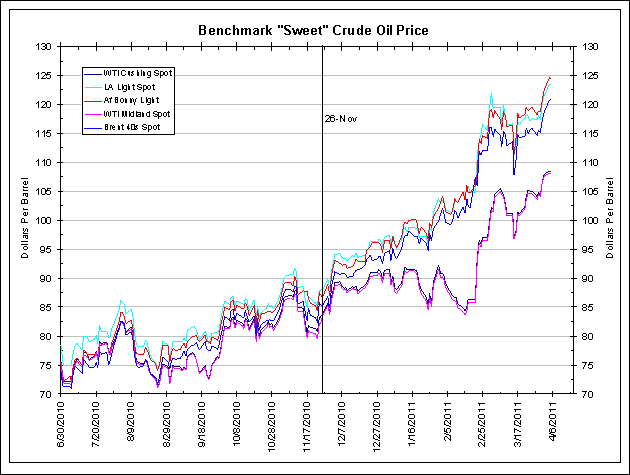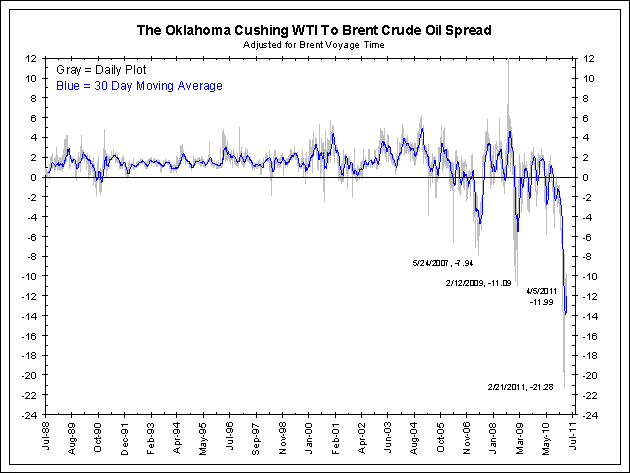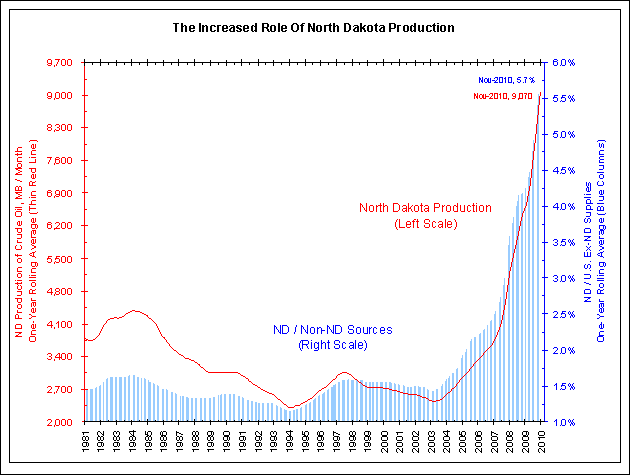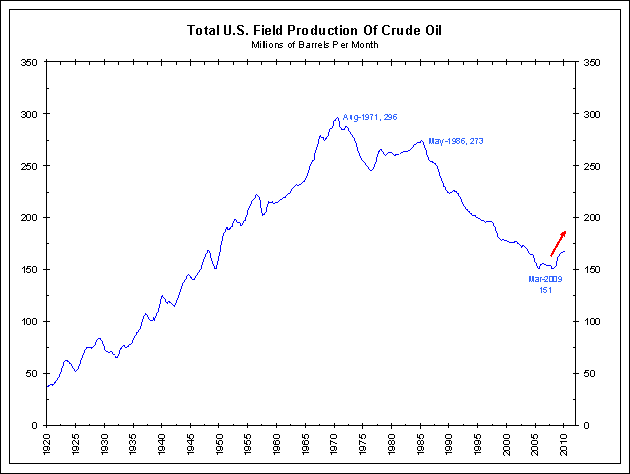<Click on picture for larger image>
- The New York Times – No to a New Tar Sands Pipeline
Later this year, the State Department will decide whether to approve construction of a 1,700-mile oil pipeline from Canada to the Texas Gulf Coast called Keystone XL. The underground 36-inch pipeline, built by TransCanada, would link the tar sands fields of northern Alberta to Texas refineries and begin operating in 2013. The department should say no. State is involved because the pipeline would cross an international boundary. Secretary Hillary Rodham Clinton first said she was “inclined” to support it, but has lately sounded more neutral. An environmental assessment carried out by her department last year was sharply criticized by the Environmental Protection Agency for understating the project’s many risks. The department has since undertaken another environmental review that will soon be released for public comment. It needs to be thorough and impartial. Advocates of the Keystone XL, which include the Canadian government, the oil industry and its allies in Congress, argue that a steady supply of oil from a friendly neighbor is the answer to rising oil prices and turmoil in the Middle East. But the Energy Department says the pipeline would have a minimal effect on prices, and there is already sufficient pipeline capacity to double United States imports from Canada.
Comment
<Click on chart for larger image>
<Click on chart for larger image>
As we detailed last February, the Keystone XL pipeline (gold line in graphic above) has recently come online. TransCanada, the builder of the pipeline, has proposed extending it (dashed line above), a proposal which the New York Times editorial board is recommending not be approved.
The increased supply from this pipeline is causing the price of West Texas Intermediate (WTI) for delivery via pipeline to Cushing Oklahoma and Midland Texas to diverge widely from prices of the waterborne (tanker) cargoes originating out of the Bonny oil terminal in southern Nigeria (Bonny Light in red), the North Sea cargoes from the Sullom Voe oil terminal in Shetland Islands, Scotland (Brent 40s in blue) and St. James Parish in Louisiana that connects to the Louisiana Offshore Oil Port or LOOP (LA Light in Cyan).
How much crude oil is coming into Cushing? The following charts, from a report last month, show Canadian crude oil imports into the U.S. (first chart) and North Dakota’s crude oil production from the Bakken oil shale field (second chart).
<Click on chart for larger image>
<Click on chart for larger image>
North Dakota’s crude oil production (second chart) is exploding higher. Canadian crude oil imports now make up more than 25% of all U.S. oil imports. Canadian crude imports are larger than imports from the Persian gulf. When the President decries “foreign oil”, how many that agree with this statement realize that Canada and Mexico are the largest sources of imported crude oil?
Horizontal drilling and fracking technologies are causing the first upturn in U.S. crude oil production in 25 years (red arrow, chart below). Combined with Canadian Tar Sands production, North American production is now on a major upswing.
Denying a delivery mechanism like the Keystone XL pipeline would not only halt this production, but would serve to close the gap between Cushing and Brent … with Cushing converging to Brent’s current price of $121.
<Click on chart for larger image>

